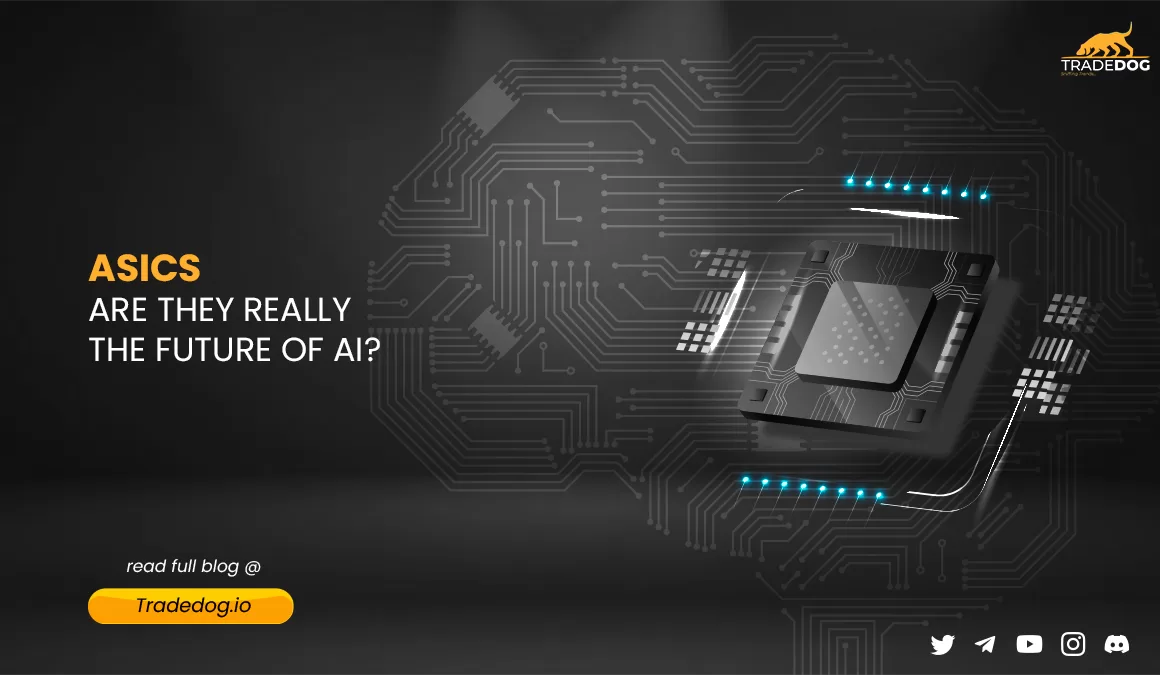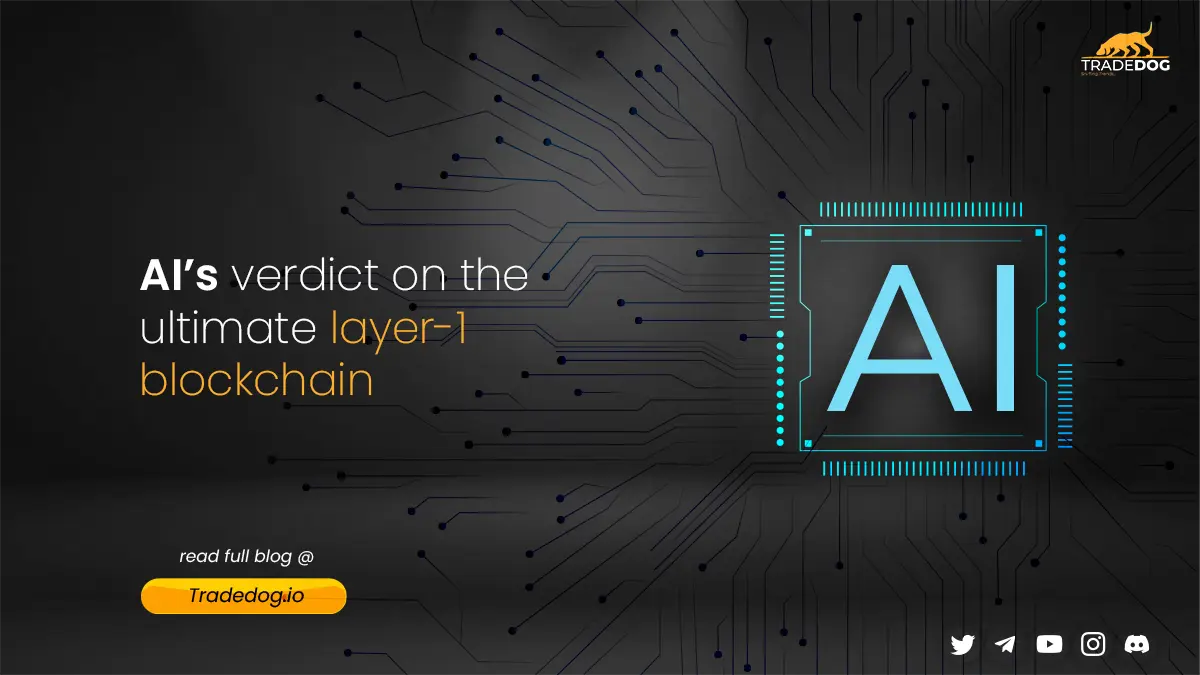Quick Links
The ever-evolving world of Artificial Intelligence (AI) has ushered in a new contender vying for dominance in processing power: Application Specific Integrated Circuits (ASICs). These tailored chips outshine their more adaptable counterparts, such as CPUs and GPUs, in terms of efficiency. With industry giants like Google investing in ASIC technology, it has the potential to revolutionize the AI sector.
In this blog, we will discuss the emergence of ASICs, their effects on the semiconductor market, and the thrilling opportunities they present for AI’s future.
Tailor-made Solutions for AI Processing
Google’s adoption of custom ASIC technology marks a significant milestone in AI processing. Designed for particular tasks, ASICs boast remarkable efficiency and speed, making them perfect for AI workloads that demand massive processing capabilities. Google’s Tensor Processing Units (TPUs), for instance, have reached speeds up to ten times faster than earlier models while consuming less than half the power.
A notable development in ASICs’ influence on AI processing is Google’s TPU v4 supercomputer, which highlights the potential of ASICs in AI innovation and paves the way for future progress.
Semiconductor Industry Braces for Change
The advent of ASICs has piqued the interest of technology behemoths like NVIDIA, AMD, and Intel. As ASICs seem poised to disrupt conventional GPU and CPU markets, the industry faces the possibility of large data centers producing their own AI chips. The fate of GPUs and FPGAs remains in limbo, with the sector potentially embracing a combination of technologies to spur innovation and progress.
Intel’s recent announcement regarding the termination of its Blockscale Bitcoin mining chip series may indicate a broader shift in focus away from cryptocurrency mining and toward AI applications. This development further underscores the increasing importance of AI technologies and the potential role of ASICs in shaping the semiconductor industry’s future.
Balancing the Benefits and Drawbacks of ASICs
ASICs come with their own set of advantages and disadvantages. Their specialized nature enables task-specific performance, which is ideal for AI applications that require high performance and energy efficiency. However, their lack of adaptability may limit their appeal, as they cannot be effortlessly repurposed or adjusted for other tasks.
Despite these limitations, the potential advantages of ASICs in AI innovation are hard to overlook. As Google and other companies invest in and investigate the potential of custom ASICs, they are poised to alter the AI landscape significantly.
The Emergence of ASICs in the AI Processing Landscape
ASICs’ rise in the AI processing landscape has the potential to alter the way AI applications are developed and deployed drastically. As major players like Google continue to invest in and refine custom ASIC technology, these specialized chips will likely play a crucial role in shaping AI’s future.
However, the future of GPUs and FPGAs in this new environment is far from decided. A mix of technologies, rather than the dominance of a single one, will continue to drive innovation and progress in the semiconductor industry. Developments in ASIC technology, closely monitored by the Super 7 and other tech giants, set the stage for a captivating contest for AI processing supremacy.
Unlocking the Full Potential of ASICs
The introduction of ASICs in AI processing heralds an exciting new chapter with the potential to reshape the AI landscape. With their unrivaled efficiency and speed, ASICs provide a bespoke solution for specific tasks, making them a prime choice for demanding processing workloads. However, the rise of ASICs also poses a challenge to traditional CPU and GPU markets, and the industry may turn to a blend of technologies to fuel innovation and progress.
ASICs will play a pivotal role in determining the future of AI. Harmonizing various processing solutions, including ASICs, will unlock the full potential of groundbreaking technology, despite their limited versatility.
One of the positive impacts of ASICs on blockchain technology is their contribution to the processing power and security of blockchain networks. As these specialized chips are designed for efficient mining, they can help maintain the stability and security of proof-of-work consensus networks. Moreover, the efficiency of ASICs has led to an increase in the overall hashing power of cryptocurrency networks, making it more difficult for malicious actors to launch successful attacks on the networks
In conclusion, the onset of the AI era has introduced a new player in the quest for processing dominance, and ASICs present an exciting opportunity for the future of AI. These tailor-made chips offer unparalleled efficiency and speed compared to their more adaptable counterparts, making them an ideal choice for AI workloads that demand intensive processing power. Although the impact of ASICs on the AI industry remains uncertain, it is clear that this novel technology will play a significant role in AI processing. Developments in ASIC technology, closely monitored by the Super 7 and other tech giants, set the stage for an intriguing struggle for AI processing dominance.













